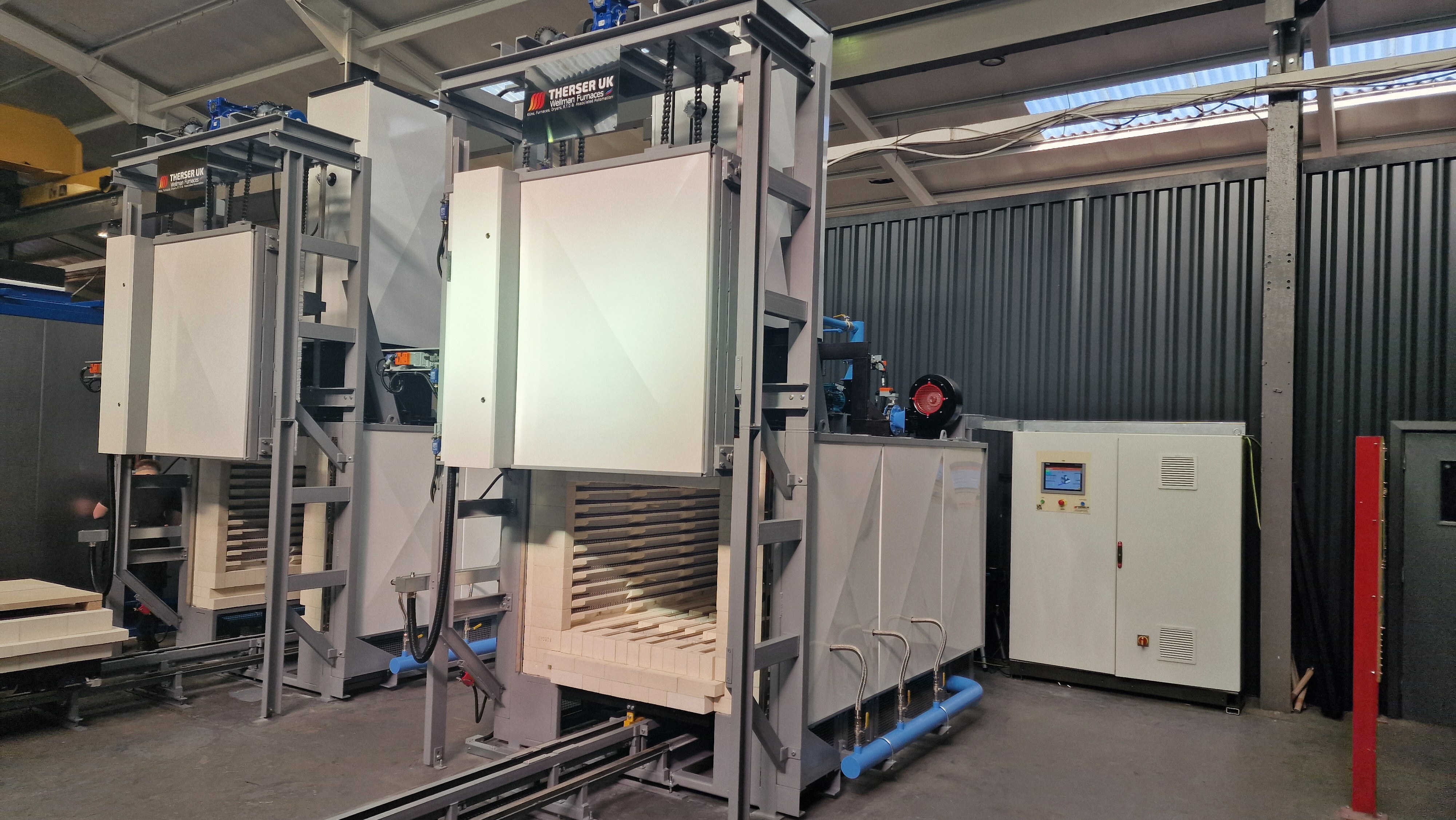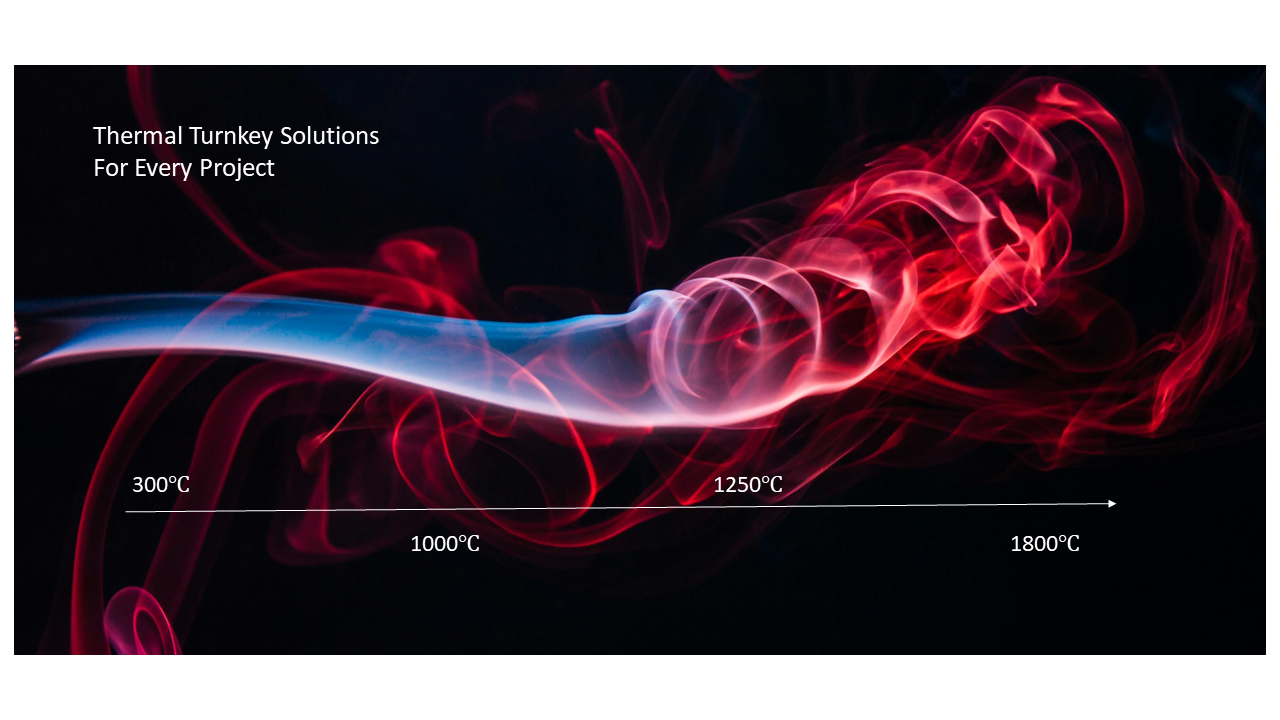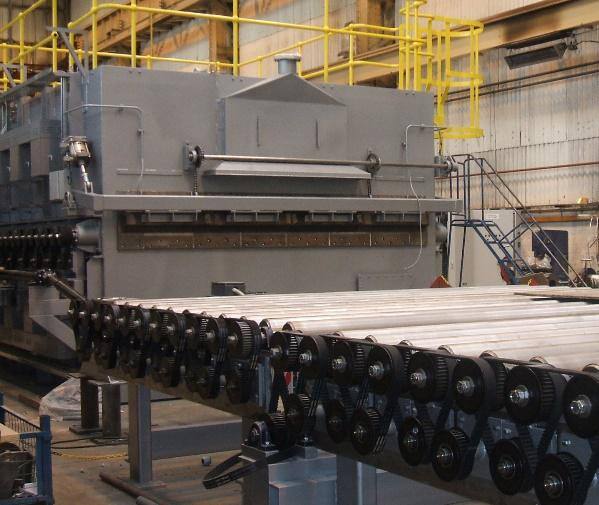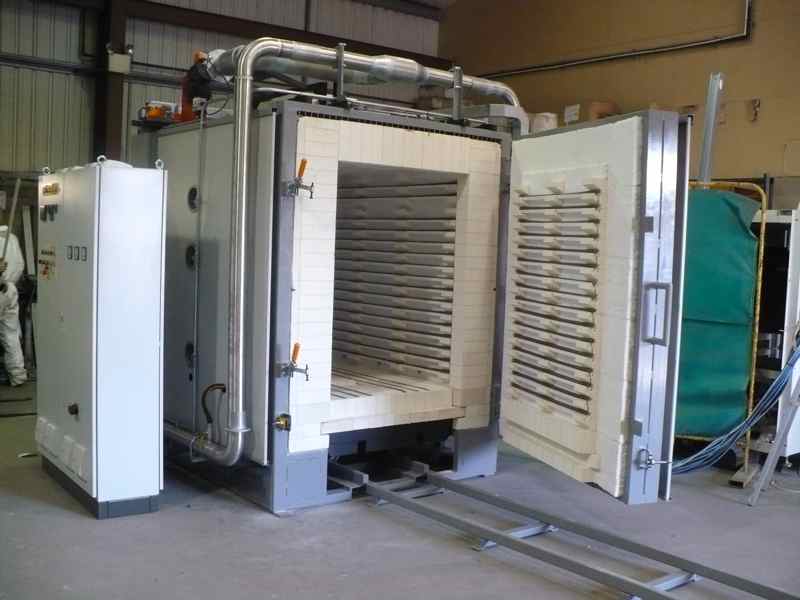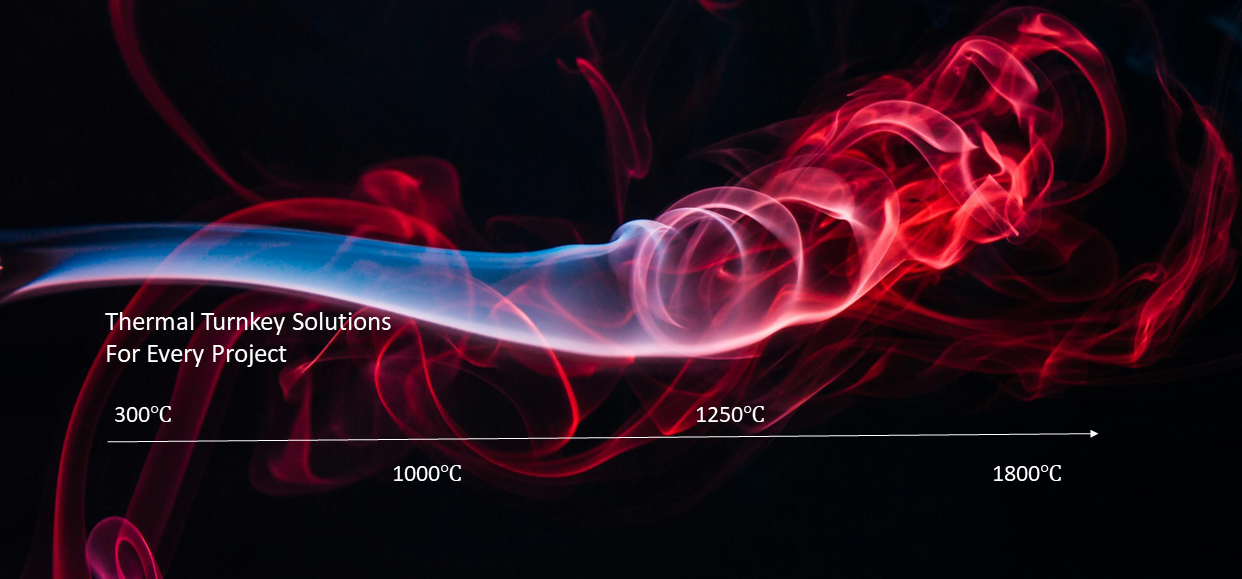Understanding the Efficiency of Walking Beam Furnaces in Metalworking
by Therser Sales Team on 15-Oct-2024 13:27:47
A Walking Beam Furnace is a type of industrial furnace primarily used in metalworking for reheating slabs, billets, and other large metal items before further processing, such as rolling, forging, or heat treatment. It operates by moving materials through the furnace in a controlled m …
Revolutionize Your Operations with Therser UK's Cutting-Edge Kiln Solutions
by Therser Sales Team on 15-Oct-2024 12:48:31
At Therser UK, we don't just design kilns—we engineer solutions that transform businesses. With decades of expertise in thermal engineering, we are the premier provider of bespoke kilns, burners, and full automation systems across diverse industries. Whether you're looking to upgrade …
Therser UK Gives the Chelsea Pensioners a tour of the Stoke Pottery Industry
by Therser Sales Team on 14-Oct-2024 15:31:03
Click the photo to see all the images of the 2 days
The Battery Show USA Detroit 2024
by Therser Sales Team on 08-Oct-2024 17:24:43
The Battery Show USA Detroit is open, and our stand is up and is ready to invite you on. Stand 4255.
Therser UK: Leading the Charge in Hydrogen and Natural Gas Combustion Systems
by Therser Sales Team on 24-Sep-2024 14:56:59
Therser UK is a pioneer in combustion system innovation, leading the industrial kiln market with cutting-edge hydrogen and natural gas technology. As industries globally transition to more sustainable practices, Therser offers a unique blend of future-ready hydrogen solutions and trad …
We are delighted to announce that Richard Barr has joined the Therser UK
by Therser Sales Team on 24-Sep-2024 14:23:15
We are delighted to announce that Richard Barr has joined the Therser UK – Wellman Furnaces team. With an extensive background in the thermo-processing industry, particularly in gas burners and control systems, Richard brings a wealth of technical and commercial expertise to our organ …
Therser UK: Leading the Future of Kilns, Burners, and Thermal Innovation
by Therser Sales Team on 20-Sep-2024 09:27:20
In today’s rapidly evolving industrial landscape, Therser UK stands as an industry leader, offering cutting-edge solutions in hydrogen, natural gas, electric kilns, and a full suite of combustion systems. Whether your industry demands energy-efficient kilns or fully integrated automat …
Overview of Key Heat Treatment Processes in Industrial Furnaces
by Therser Sales Team on 17-Sep-2024 15:41:33
Heat treatment processes in furnaces involve controlled heating and cooling of materials, typically metals, to alter their physical and mechanical properties without changing their shape. The process is widely used to improve hardness, strength, ductility, and toughness. Different hea …
The Science of Heat Transfer: Conduction, Convection, and Radiation in Kiln Efficiency
by Therser Sales Team on 21-Aug-2024 15:22:47
Kilns, the thermal workhorses of numerous industries, rely on precise heat management to convert raw materials into finished products. Whether it's the firing of ceramics, the calcination of minerals, or the curing of advanced composites, the efficiency and quality of these processes …
The Ultimate Guide to Industrial Burners: Maximizing Efficiency, Reducing Emissions, and Driving Innovation
by Therser Sales Team on 15-Aug-2024 15:38:59
Industrial burners are the unsung heroes of modern manufacturing, driving critical processes across industries like energy, petrochemicals, and materials production. Yet, not all burners are created equal. Understanding the distinct types of industrial burners is key to optimizing per …



